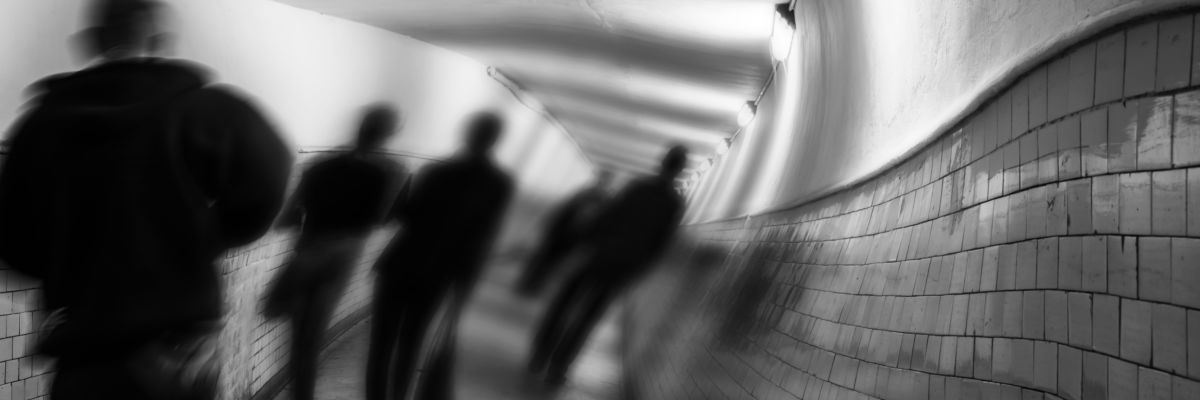
DAY 212
CHALLENGE
“Why can’t we explain the Resurrection appearances of Jesus by saying that the disciples innocently hallucinated them all?”
DEFENSE
Hallucinations are normally caused by medical or psychological disorders, so they are experienced by individuals, not groups.
We have no evidence of such disorders among the witnesses of the Resurrection, and—although we have indications of private appearances to Mary Magdalen (Mark 16:9; John 20:14–17), Peter (Luke 24:34; 1 Cor. 15:5), and James the Just (1 Cor. 15:7)—most appearances were to groups (Matt. 28:8–10, 16–20; Mark 16:12–18; Luke 24:13–53; John 20:19–21:23; Acts 1:6–11), including a group of as many as 500 (1 Cor. 15:6).
It is disputed whether true hallucinations are even possible for groups. It is possible for a group to experience an illusion (i.e., mistaking something real but poorly seen as something else). Thus a group might mistakenly think a person seen at extreme distance was Jesus, but this doesn’t fit the Resurrection appearances.
Instead, the reports indicate Jesus was in close proximity to the disciples, held multiple conversations with them, and physically interacted with them—as when he instructed Thomas to touch his wounds (John 20:27), or when he instructed the disciples to handle him, and when he took a piece of broiled fish from them and ate it (Luke 24:39–43).
Illusions are typically preceded by intense expectation and an un- critical attitude toward what is seen (hallucinations commonly are as well), but we do not have evidence for this among the disciples. The women expect to find Jesus’ dead body when they arrive at the tomb, and the male disciples are disbelieving and skeptical (Matt. 28:17; Mark 16:11; Luke 24:10–11; John 20:9, 24–25).
Even if multiple people were hallucinating at the same time, they would not hallucinate the same conversation or see Jesus performing the same, up-close actions.
The Resurrection appearances also happened over an extended period (forty days; Acts 1:3) and then suddenly stopped with Jesus’ collectively witnessed Ascension into heaven. This is not characteristic of how hallucinations typically work.
Most fundamentally, the hallucination hypothesis fails to explain why, once the disciples began spreading reports of the Resurrection, the Jerusalem authorities didn’t simply go to Jesus’ tomb and produce his corpse.
The hallucination hypothesis thus does not explain how the apostles could have innocently thought they saw Jesus alive after the Crucifixion.



